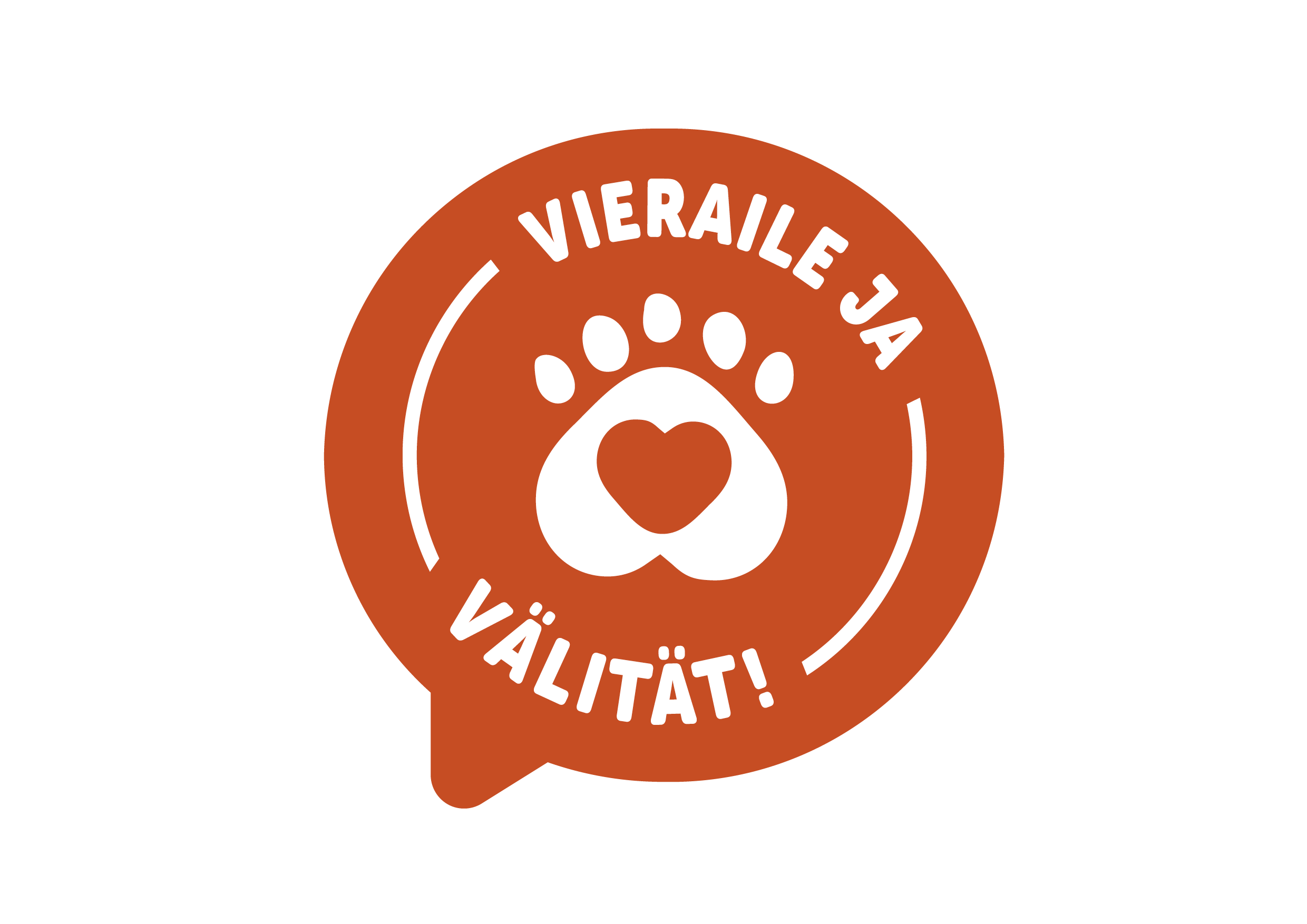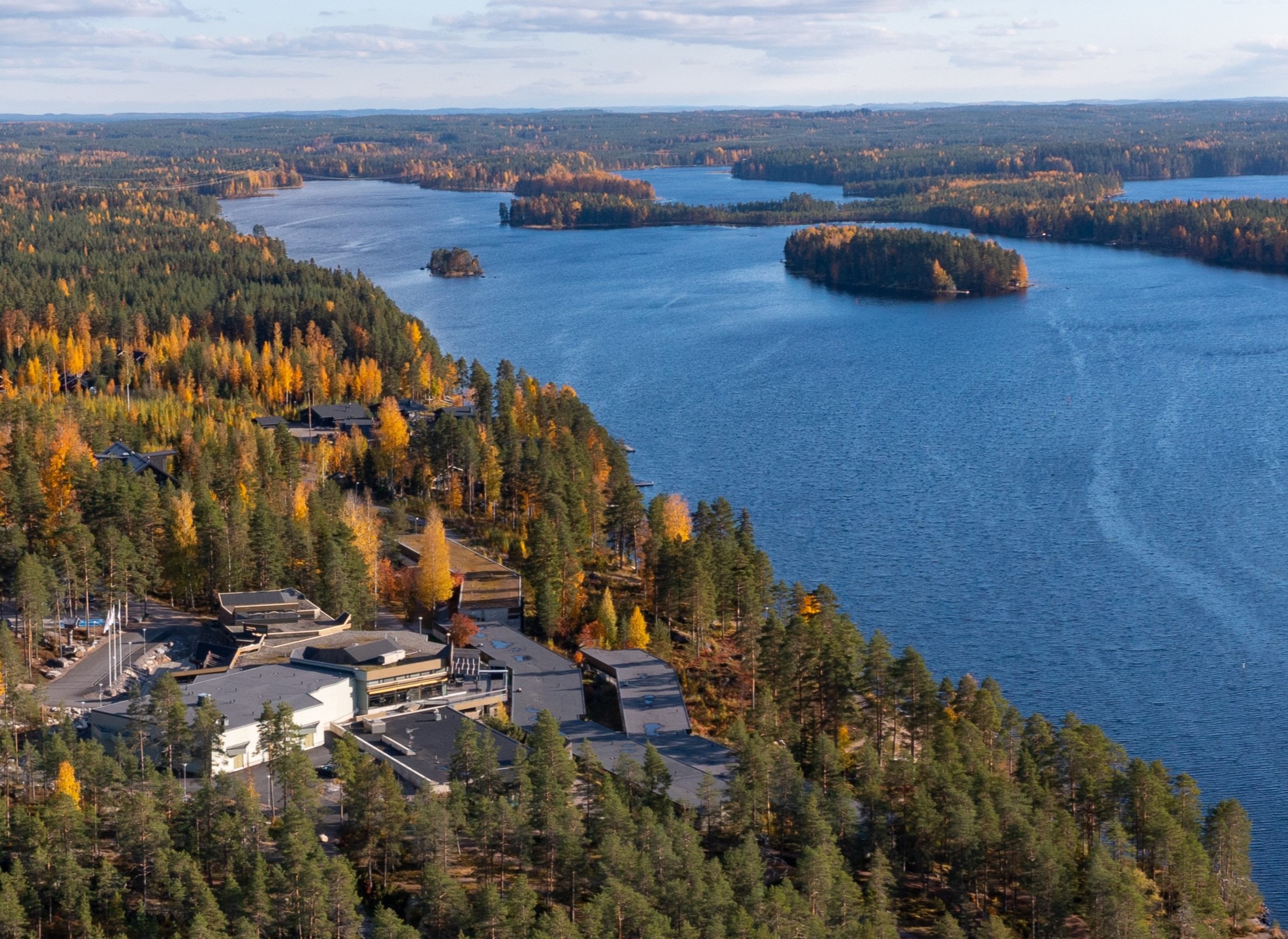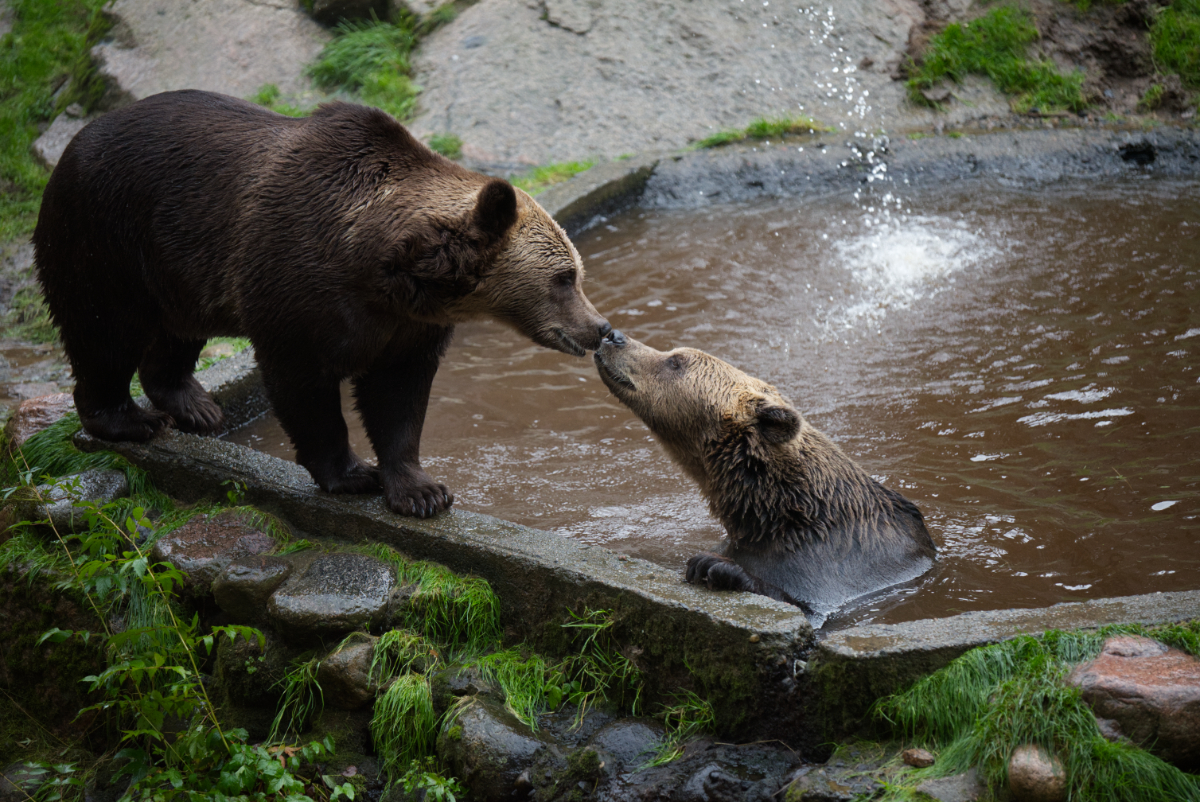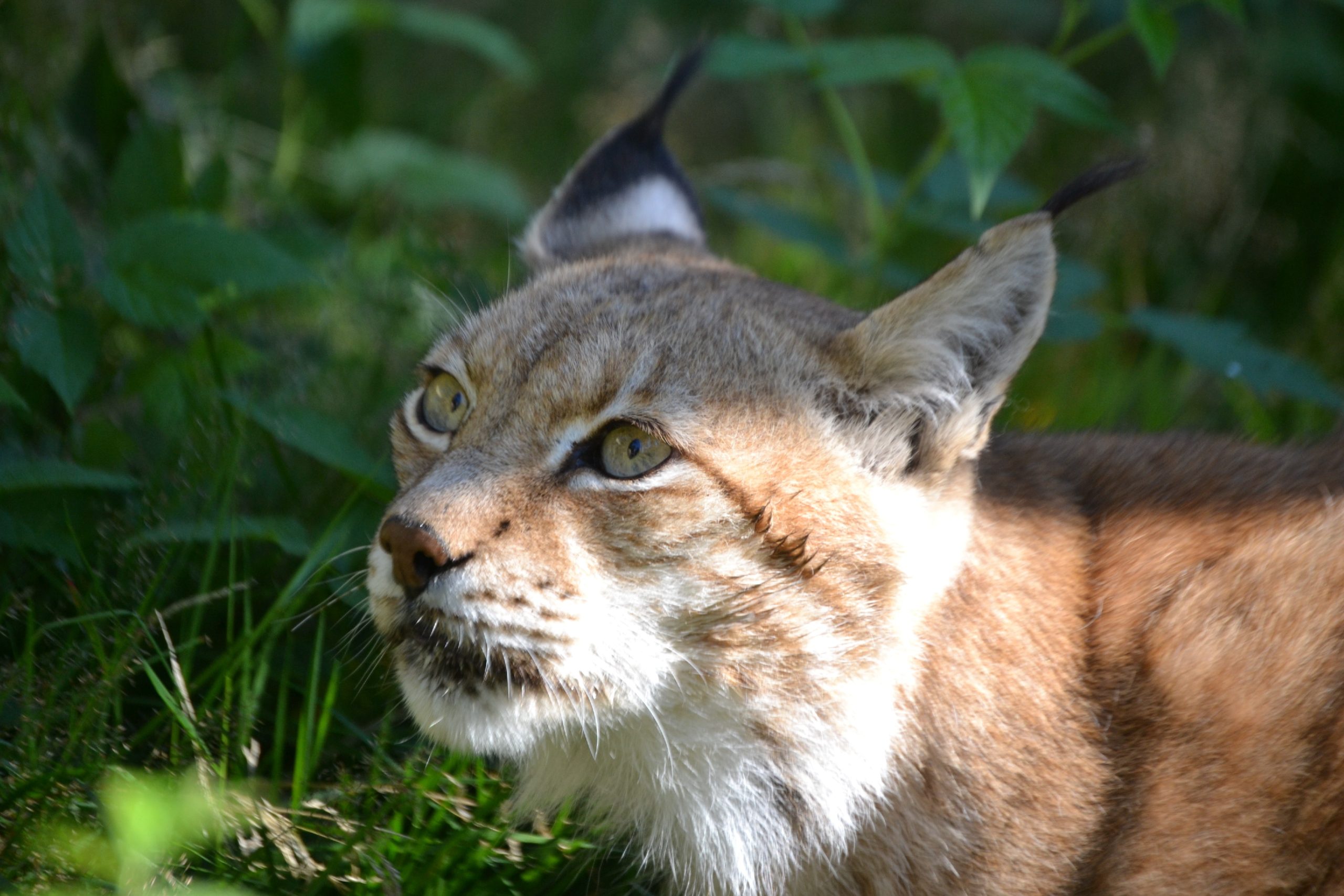Winter holidays offer a perfect opportunity for children to disconnect from screens and reconnect with nature. Exploring the outdoors during Christmas break not only provides physical exercise but also creates lasting family memories while teaching children about wildlife and conservation. Finland’s winter landscape transforms into a magical setting for outdoor adventures that combine fun with learning about nature. Let’s discover engaging “joululoma tekemistä lapsille” (Christmas holiday activities for children) that bring families closer to nature during the festive season.
Wildlife encounters in winter wonderland
The snowy Finnish forest transforms into a captivating environment for children to observe animals in their natural winter habitats. Many species remain active during the cold months, offering unique viewing opportunities not available in warmer seasons. Watching how wildlife adapts to winter conditions provides children with valuable insights into animal behaviour and survival strategies.
Seeing animals against the snowy backdrop creates a magical experience that children will remember long after the holidays end. You can observe foxes, owls, and various bird species that remain active throughout winter. For a more comprehensive wildlife experience, consider visiting our diverse range of animal activities that showcase Finnish wildlife in natural settings.
Winter viewing often reveals interesting animal behaviours like food caching, special winter coats, and adaptation strategies that aren’t visible during other seasons. Encourage children to bring notebooks to sketch or document their observations, turning the outing into a junior naturalist expedition.
How do animals survive winter?
Winter survival strategies of animals provide fascinating lessons for curious young minds. Finnish wildlife employs various adaptations to thrive in cold conditions. Some animals, like bears, hibernate through the harshest months, while others, such as foxes and wolverines, remain active but grow thicker fur coats.
Children can learn about these amazing adaptations through guided observation. The white winter coat of the Arctic fox or the snowshoe hare demonstrates natural camouflage in action. Birds fluff their feathers to create insulating air pockets, while some small mammals create elaborate tunnel systems beneath the snow.
These natural survival lessons connect children to the cycle of seasons and the resilience of nature. Understanding how animals adapt to challenging conditions can inspire conversations about climate change and conservation. This knowledge builds appreciation for the complex relationships within ecosystems and how each species has evolved unique strategies to survive.
Guided nature trails for young explorers
Winter trails offer structured learning experiences where children can discover forest ecosystems while enjoying the crisp outdoor air. These paths provide safe routes through snow-covered landscapes with information points that highlight interesting natural features and wildlife habitats.
When planning your visit, check our current opening hours and ticket information to make the most of your winter adventure. Guided trails often include interactive elements like animal tracking stations, bird feeding areas, and identification challenges that transform a simple walk into an engaging educational experience.
For maximum engagement, provide children with a nature scavenger hunt checklist including items like pine cones, animal tracks, or specific tree types. This turns the walk into an exciting game while sharpening observation skills. The quiet winter forest also creates perfect conditions for mindfulness activities, teaching children to pause and notice the subtle sounds and movements of nature.
Winter wildlife tracking activities
Fresh snow provides the perfect canvas for animal tracking, allowing children to become nature detectives. Different animal species leave distinctive footprint patterns that tell stories about their activities and behaviours. Learning to identify tracks develops observation skills and creates a deeper connection to the hidden wildlife around us.
Begin with identifying common tracks like rabbits, squirrels, and birds before progressing to more challenging species. Teach children to notice additional clues like tail marks, feeding signs, or resting spots. Track identification guides with simple illustrations can help beginners learn the basic patterns.
Encourage children to document their findings through photographs or sketches. This activity combines physical outdoor exercise with scientific observation and can spark interest in animal behaviour studies. For families wanting to extend their wildlife adventure, comfortable accommodation options allow for multi-day exploration of winter wildlife habitats.
Overcoming cold weather challenges safely
Winter exploration requires proper preparation to ensure children remain comfortable and safe. Layered clothing is essential, with moisture-wicking base layers, insulating mid-layers, and waterproof outer garments. Proper boots, gloves, and hats prevent heat loss, while hand and foot warmers can provide additional comfort during extended outings.
Plan activities with appropriate duration based on temperatures and children’s ages. Include regular warming breaks and bring thermoses with hot drinks and nutritious snacks to maintain energy levels. Teaching children to recognise early signs of cold (shivering, numbness) empowers them to communicate their needs before discomfort becomes a safety issue.
Establish clear meeting points and boundaries if exploring larger natural areas. Provide each child with a whistle for emergencies and ensure mobile phones are fully charged. Safety awareness becomes part of the learning experience, teaching responsibility alongside nature appreciation.
Festive conservation workshops for families
Holiday-themed conservation activities create meaningful Christmas traditions while teaching environmental stewardship. Winter bird feeding stations can be constructed using recycled materials and decorated with festive colours. Children learn about supporting wildlife through challenging seasons while creating habitat enhancements.
Natural craft workshops using sustainable materials like pine cones, fallen branches, and berries combine creativity with conservation lessons. These crafts can become cherished holiday decorations with stories behind them, connecting Christmas traditions to nature appreciation.
Family pledges to reduce environmental impact during the holidays teach children about conservation in practical ways. Simple actions like reducing gift wrap waste, choosing experiences over material presents, or volunteering for winter habitat restoration create lasting impressions about environmental responsibility.
Winter holidays provide unique opportunities to connect children with nature while creating festive memories. Through wildlife observation, tracking adventures, and conservation activities, families can develop deeper appreciation for the natural world during the magical Christmas season. These experiences cultivate young naturalists who understand their role in protecting the environments they explore and enjoy.




